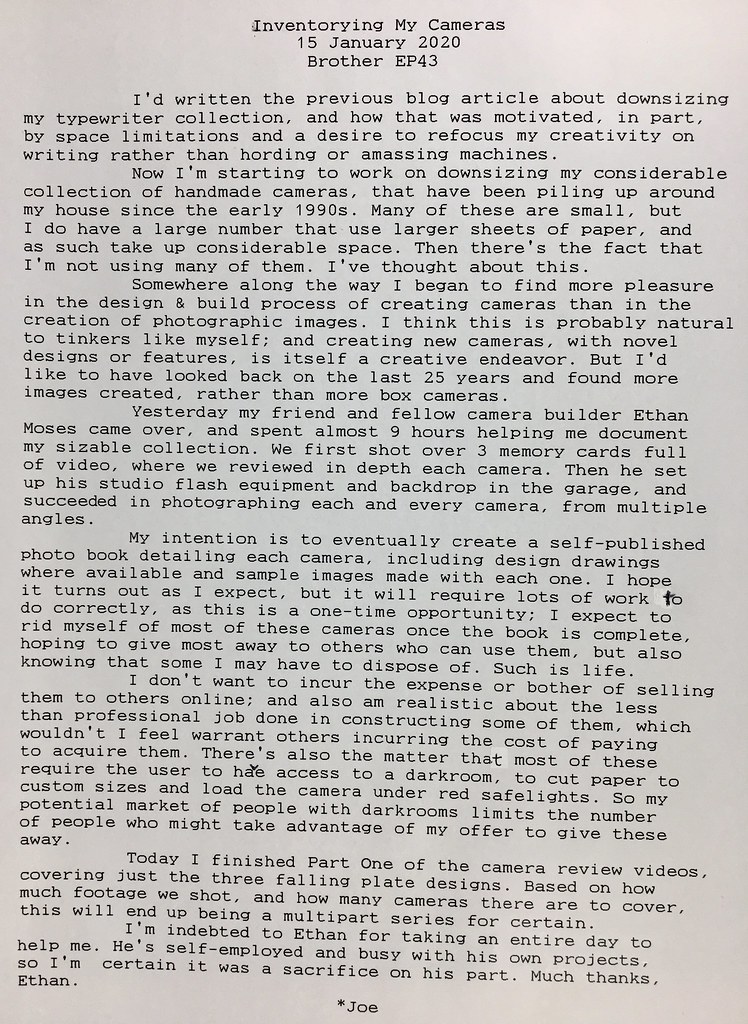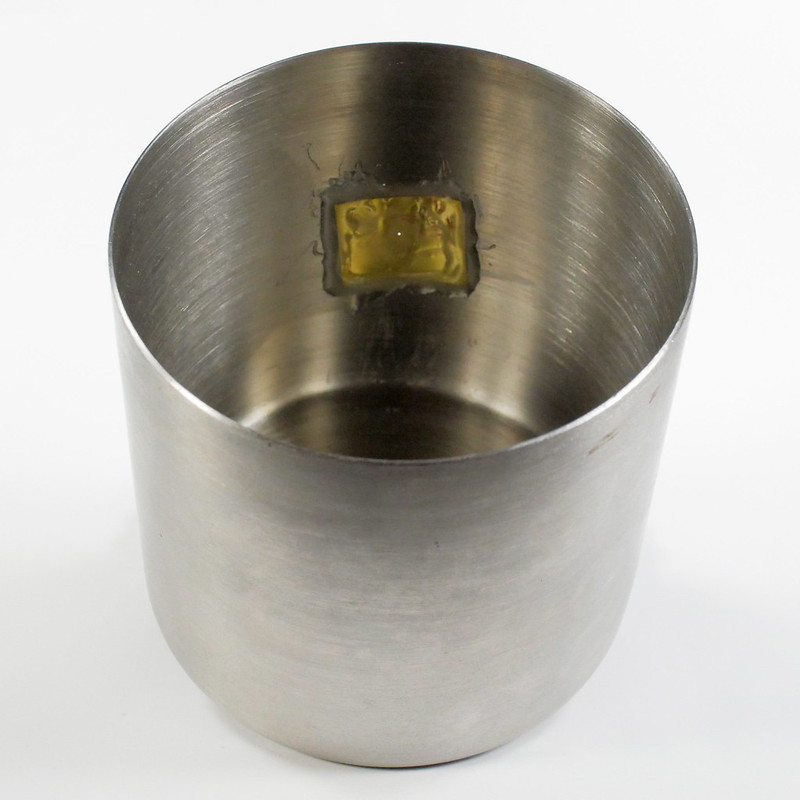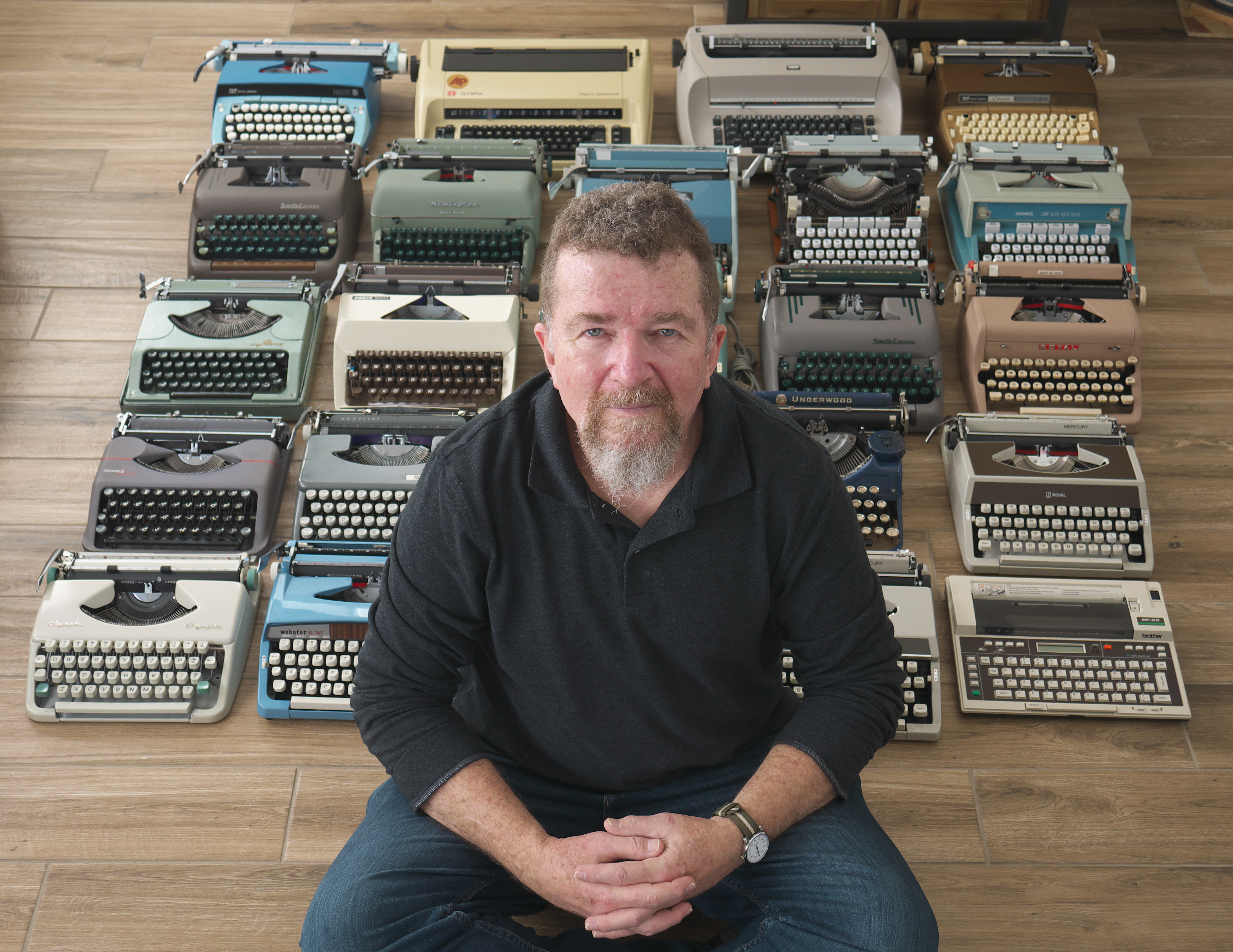Thoughts on the Intermediate Process

Direct positive print

Certainly, casual photographers for decades have avoided the minutia of the intermediate process by choosing cameras and formats that offer a more instant picture-making experience. The average person couldn’t be bothered by F-stops and ISO numbers, they just want to push a button and see a photo. Which may be one reason why smartphone photography is so popular; the intermediate process happens behind-the-scenes, in software code and microscopic circuits, the modern-day equivalent of the point-and-shoot camera.
Processing Harman Direct Positive black-&-white paper through its regimen of developer, stop and fix (or in the case of reversal processing print paper: developer, stop, bleach, re-exposure and developer) certainly represents some kind of intermediate processing; it’s not as instant as a Polaroid, say (or Fujifilm’s Instax). But it’s more immediate than film, especially so when considering the many people who still use film do so as an intermediate image-capture medium that’s then scanned-to-digital and subsequently processed a second time around in order to arrive at a digital print, a kind of double-intermediate processing.
There’s also no arguing that prints exposed in-camera and processed directly afterward lack the flexibility that we have come to expect of modern image-making systems. Their usefulness is limited: the selection of large format lenses, apertures and focal lengths is limited; the tonal range is limited; the photographic sensitivity of paper is limited. But one often finds, to their surprise, that such limitations present a challenge that fosters a renewed sense of creativity; boundaries are often healthy for the creative process. In my case, I'm more satisfied by the immediacy of the direct print process, and willing to accept the tradeoffs in image quality or flexibility.
These days, I’d rather return from a photo outing with one good print in hand than a roll- or card- full of mostly junk. It’s a refreshing change, embracing direct positive prints and eschewing the intermediate process.
Labels: direct positive process, Photography












